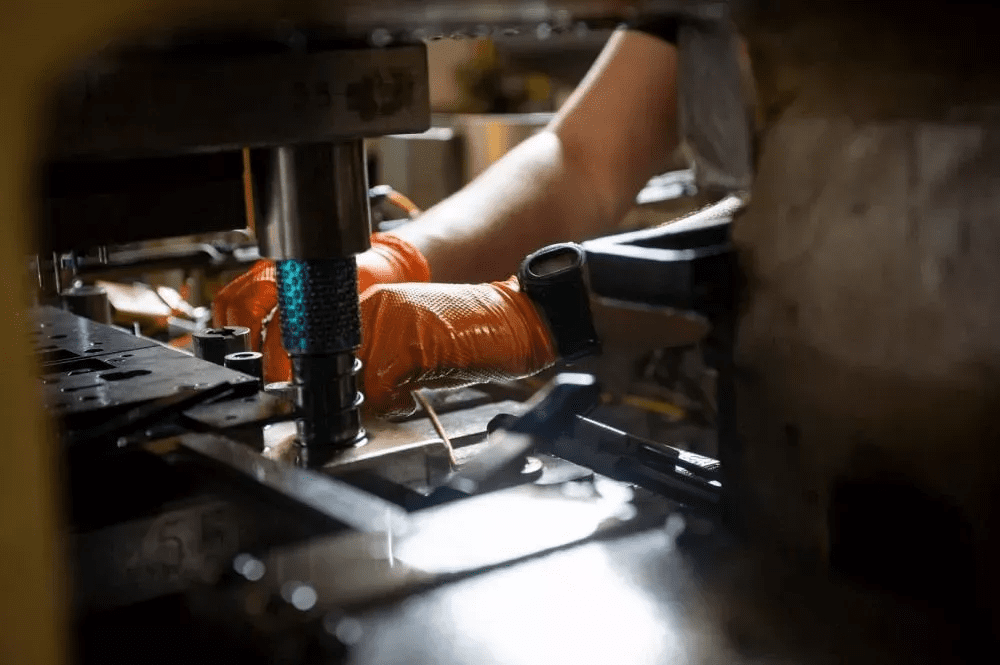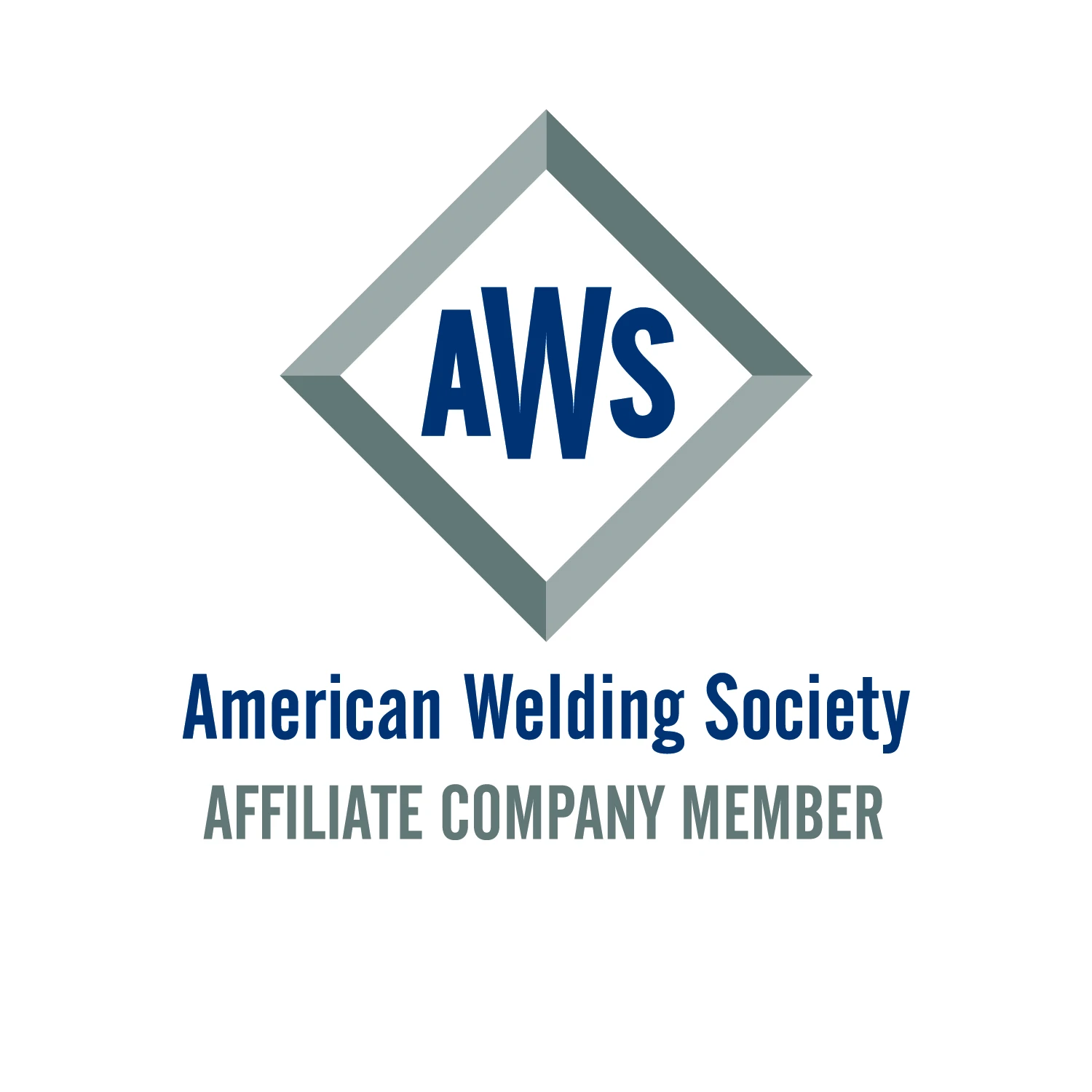In Part I of this two-part series, I discussed the process of selecting a die set type and thickness. Now let’s discuss various commercially available die guidance components and some basic guidelines for deciding which type is best suited for your operation.
Basic Guide Pin Function
First, let me make this statement: The function of the guide pins is to locate the upper and lower shoes or castings properly so that all of the die components mounted on the upper and lower shoe can interface with each other precisely. They guide cutting and forming components and sections so that the correct clearance can be achieved and effectively maintained. Guide pins are not intended to help guide the ram of a poorly maintained or sloppy press!
The press must be independently guided with precision.
A gentleman once told me, “Dies make parts, presses don’t.” My response was, “With all due respect, sir, both the die and the press are part of a system. Each one must function as the engineer intended it to function.” Needless to say, he was having many press-related stamping problems.
One of the statements I make in every training session I conduct is, “You can build and design a jewel of a tool, but if you put it into a glorified 200-ton trash compactor, you’re going to have problems.” Don’t try to compensate for a poorly maintained or sloppy press by choosing oversized or considerably more guide pins on a die set.
Guide Pin Types
Guide pins, sometimes referred to as guide posts or pillars, function together with guide bushings to align the upper and lower die shoes precisely. They are cylinder-shaped pins made of hardened tool steel, precision-ground often within 0.0001 in. The two basic types of guide pins are friction pins (often called plain bearing pins) and ball bearing pins (also called ultraprecision guide pins). The pins fit precisely into a precision-ground sleeve called a bushing. Like guide pins, bushings often are ground to within 0.0001 in.
Friction pins (see Figure 1) are slightly smaller (usually about 0.0005 in. smaller) than the guide bushing’s inside diameter. Friction pins and bushing typically cost less than ball bearing-style pins and are used commonly when a great deal of side thrust is expected in the die. Because they generate a great deal of friction, they are not desirable for high-speed stamping operations. To minimize the friction, the bushings usually are lined with a wear-resistant material called aluminum-bronze that may contain graphite plugs to reduce friction further. In addition, friction pins often are lubricated with high-pressure grease.
One common problem associated with using friction pins is that it often makes the process of separating the die quite difficult, especially larger dies. Care must be taken so that the die is separated in such as fashion that the upper and lower die shoes remain parallel during the separation process. Cocking the die may result in bending a guide pin. For larger dies, a special hydraulic machine called a die separator is often utilized to assist in the separation of the dies.
Read more: Die Science: The basics of die design, Part II – Choosing die guidance components






